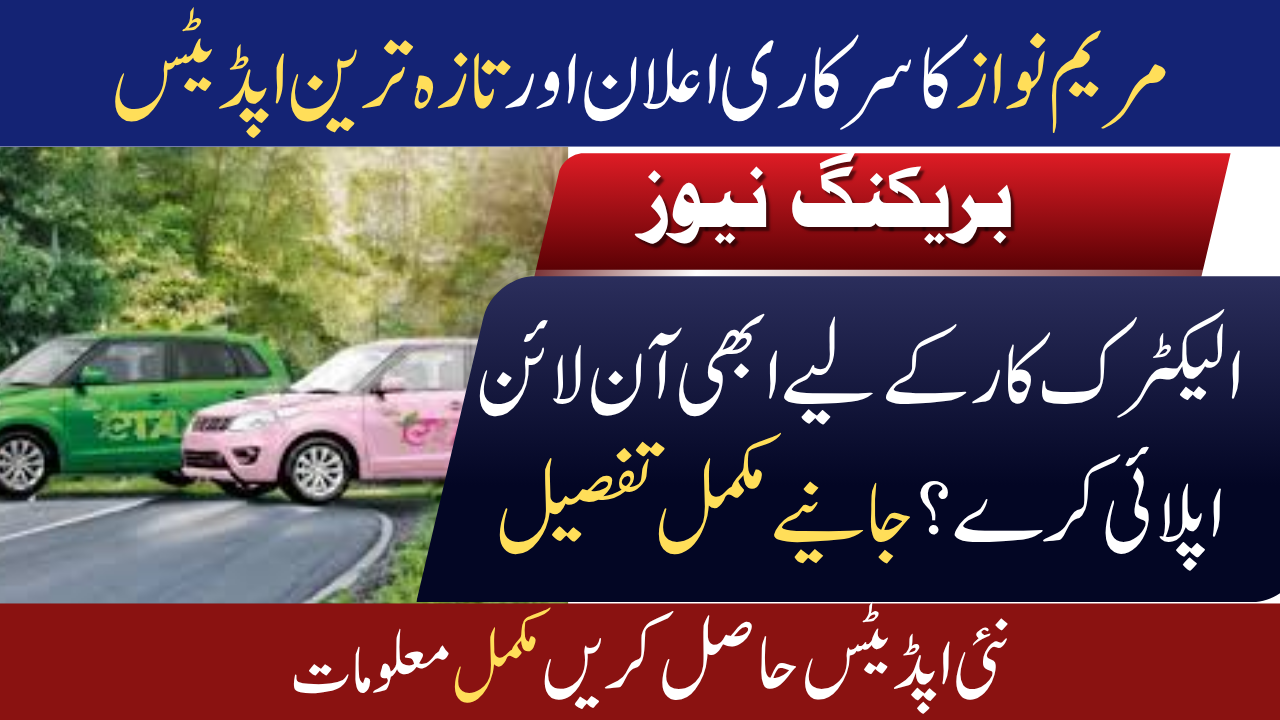You might be hearing people ask: “What difference will it make if Punjab introduces electric taxis in 2025?” The short answer: it’s a bold shift toward eco‑friendly travel with real incentives, subsidies, and more opportunity for drivers. In this article, I’ll break down how the policy works, who can take part, and what kind of impact it could have on Punjab’s roads.
What Is the Punjab Electric Taxi Service 2025?
Vision & Goals
The idea is to gradually replace conventional taxis with electric vehicles (EVs) — reducing emissions, modernizing public transport, and giving drivers a fairer, greener future. It fits under Punjab’s Transport 2030 vision, connecting sustainable mobility with job creation and clean infrastructure.
In the first rollout, about 1,100 electric taxis are planned. Some slots are for individual drivers, and there’s a reserved quota just for women drivers. The government will also subsidize interest on loans so your monthly payments can be interest‑free.
Key Features & Innovations
- Subsidized down payments: The government will chip in part of the down payment for eligible buyers.
- Vehicle price support: For EVs priced between Rs. 4 million and Rs. 10 million, a significant portion may be handled by the government.
- Charging infrastructure: Already, 18 charging stations are active in Lahore, and more are on the way across Punjab.
- Women inclusion: 30 e‑taxi slots are reserved exclusively for women drivers.
Who Can Apply & What Are the Requirements?
Basic Criteria
- You must be a Punjab resident with a valid ID.
- You need a valid driving license.
- Your financial record must be clean (no major black marks).
- You need to show documentation for vehicle financing or ownership eligibility.
Reserved Quotas & Special Seats
- Some vehicles are held for fleet owners, others for individual drivers.
- A certain number of e‑taxis are specifically reserved for women drivers to promote inclusivity.
What Can Disqualify You?
- Failing financial or document checks
- Having a poor credit or loan history
- Not following scheme rules or defaulting on payments
Application & Implementation — Step by Step
- Announcement & Registration
The government opens applications (online or through designated offices), and you submit personal, license, and financial papers. - Verification & Screening
They check your identity, documents, and finances. Shortlist candidates — selection may use a lottery or scoring system. - Notification & Approval
Successful applicants are given details about subsidies, loan terms, and down payment assistance. - Procurement & Delivery
The approved EVs (from qualifying models) are purchased. You receive your vehicle. - Operation & Monitoring
The taxis go live with GPS, smart meters, tracking, and performance, default rates, and routes are monitored by transport authorities.
Cost & Financing Model
Vehicle Financing & Down Payment
- The government will subsidize part of your down payment, so your upfront cost is lower.
- The rest is financed by banks under interest‑free or subsidized interest schemes, with the government covering interest.
Infrastructure & Charging
- The initial charging network (18 stations in Lahore) is already running.
- More stations will be built across Punjab to support routing and service coverage.
Savings During Operation
- Fuel costs drop dramatically — electricity is cheaper than petrol/diesel.
- Maintenance is simpler — fewer moving parts, no combustion engine, lower long‑term costs.
Government Costs
- The government has set aside a multi‑billion rupee fund for subsidies, interest payments, registration, and token taxes.
Benefits, Challenges & Possible Impact
What’s Good About It
- Cleaner cities: Lower emissions, less air pollution
- Better earnings for drivers — lower running costs = more profit
- Women & youth empowerment through access to owning e‑taxis
- Modern transport system with transparent fares, GPS, less corruption
- Infrastructure boost — more EV stations, battery tech, services
Challenges to Watch For
- Charging network gaps: drivers may find areas without stations
- Battery life & replacement: long-term issues with battery degradation
- Awareness & trust: some drivers will hesitate, not trust EVs or scheme terms
- Default risks: people defaulting on payments need safeguards
- Maintenance support: need more EV service centers, parts, technical staff
Quick Comparison: Electric Taxi vs Traditional Petrol Taxi
| Metric | Conventional Taxi | Electric Taxi (Under Scheme) |
|---|---|---|
| Fuel Cost | High, volatile | Much lower (electric) |
| Maintenance | Frequent oil, filter, engine repairs | Simpler maintenance — battery & motor focused |
| Subsidies / Incentives | Rare or none | Down payment help, interest subsidy, tax relief |
| Environmental Impact | High emissions | Near zero tailpipe emissions |
| Driver Profit | Thin after fuel & costs | Higher due to lower operational cost |
What’s New in 2025?
- The plan is to get 1,100 electric taxis on the road in phase one.
- Even before full launch, 60,000+ applications have reportedly been submitted.
- The government is in talks with local EV manufacturers with models that can go 200–300 km on a full charge.
- The charging network is expanding beyond Lahore into other districts.
- Billions are being budgeted to support the entire scheme — from subsidies to infrastructure.
FAQs
Q1: What exactly is “Punjab CM’s Electric Taxi Service 2025”?
It’s a provincial scheme to introduce ~1,100 electric taxis, with subsidies, interest-free financing, reserved quotas, and incentives — under the green transport push.
Q2: Who’s eligible?
Punjab residents with a valid license, acceptable financial record, and meeting documentation criteria can apply.
Q3: How much support is given (down payment / subsidy)?
The government will help with part of the down payment, and cover interest, registration, and token tax in many cases.
Q4: Are women included?
Yes — a reserved quota (around 30 vehicles) is set aside for women drivers.
Q5: What about charging stations?
There are already stations in Lahore, with plans to scale across Punjab to ensure the taxis can operate smoothly.
Q6: What are the risks?
Potential challenges include limited charging infrastructure, battery replacement costs, defaults on payments, and lack of support services in remote areas.
Conclusion
The Punjab CM’s Electric Taxi Service 2025 isn’t just another transport scheme — it’s a transformative effort to make our cities cleaner, empower drivers, and bring modern mobility to Punjab. With strong subsidies, interest support, inclusive quotas, and infrastructure backing, this could reshape how we move.









